The rest of the review contains spoilers for The Empty Man, and contains descriptions that may be disturbing to some readers, discretion is advised.
The story is set up with a cold open that almost feels like a short film. It introduces the start of the Empty Man, the process of how a normal person turns into a transmitter of energy. Set in 1995, a group of tourists hike up a mountain in Bhutan. One of them is tranced and mindlessly falls down into a religious shrine. Whatever power that dwells down there takes hold of him, emptying him of thought and feeling. From this, I thought the film was going to be a survival film, his three friends trying to weather the cold while also trying to figure out what is wrong with him. But this story ends as soon as it starts, everyone but the now Empty Man dies, while he is left muttering in the cold. This intro sequence is very compelling, and is a nice reversal of expectations. It makes us think we’re in one kind of movie, but really we’re in another. It is a bit confusing at first, but it does set up the end of the story, giving the audience that “aha” moment along with temporary catharsis.
The story is structured around an unconventional philosophy. The idea that thought is the creation of all things, That nothing is real unless we think it, anything outside of understanding through thought doesn't exist. James finds that Amanda and her friends are connected to the Pontitfix Society, which believes in this line of thinking. Furthemore, they believe that to truly understand this notion, you must receive energy waves transmitted from the Empty Man. The Empty Man is no longer a person, but a tool for understanding the “black endless chaos” of true reality. The monster of the film transmits messages through the Empty Man to the members of the Pontitfix Society. They become hive minded, subdued into spreading its ‘truth.’ The previous Empty Man, the hiker from the beginning of the film, has been left to be cared for in a hospital, where all the followers of the Pontitfix Society go to receive the truth.

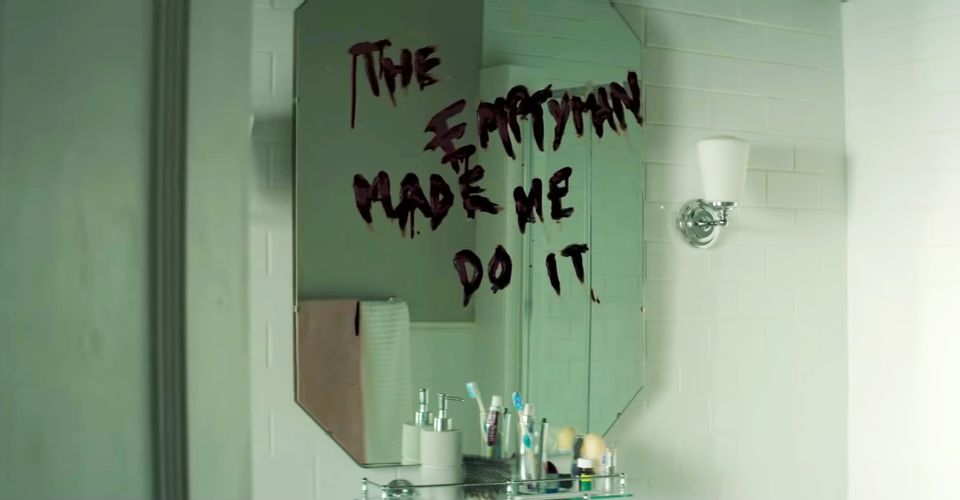
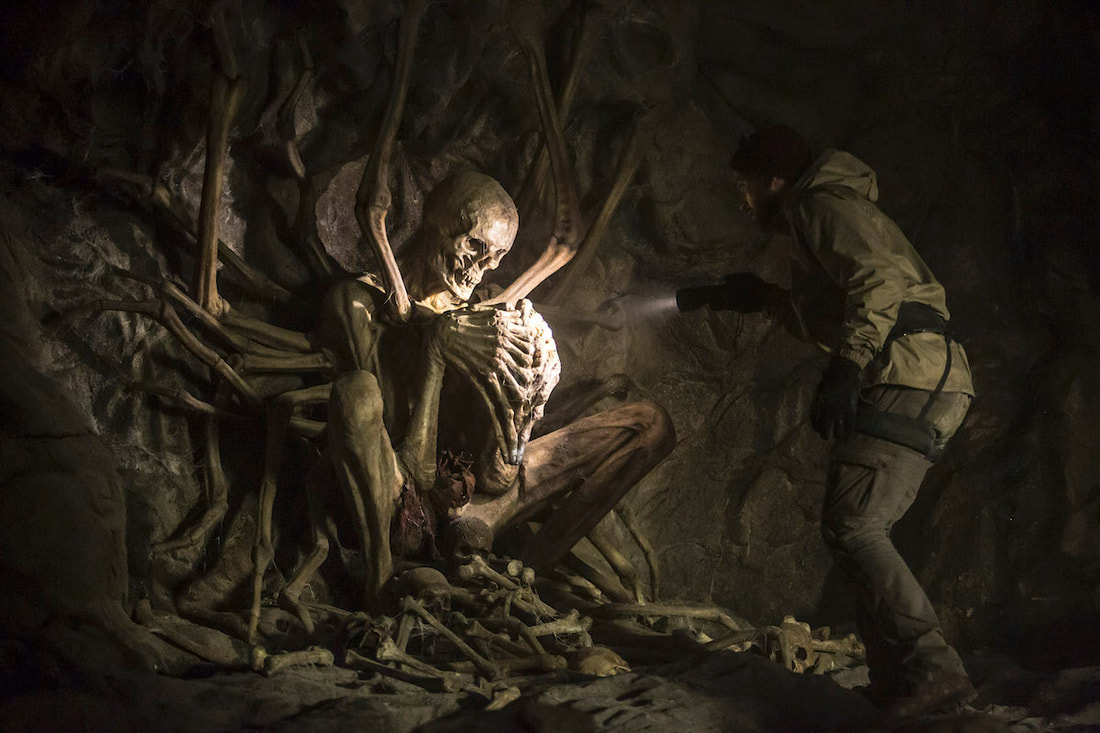
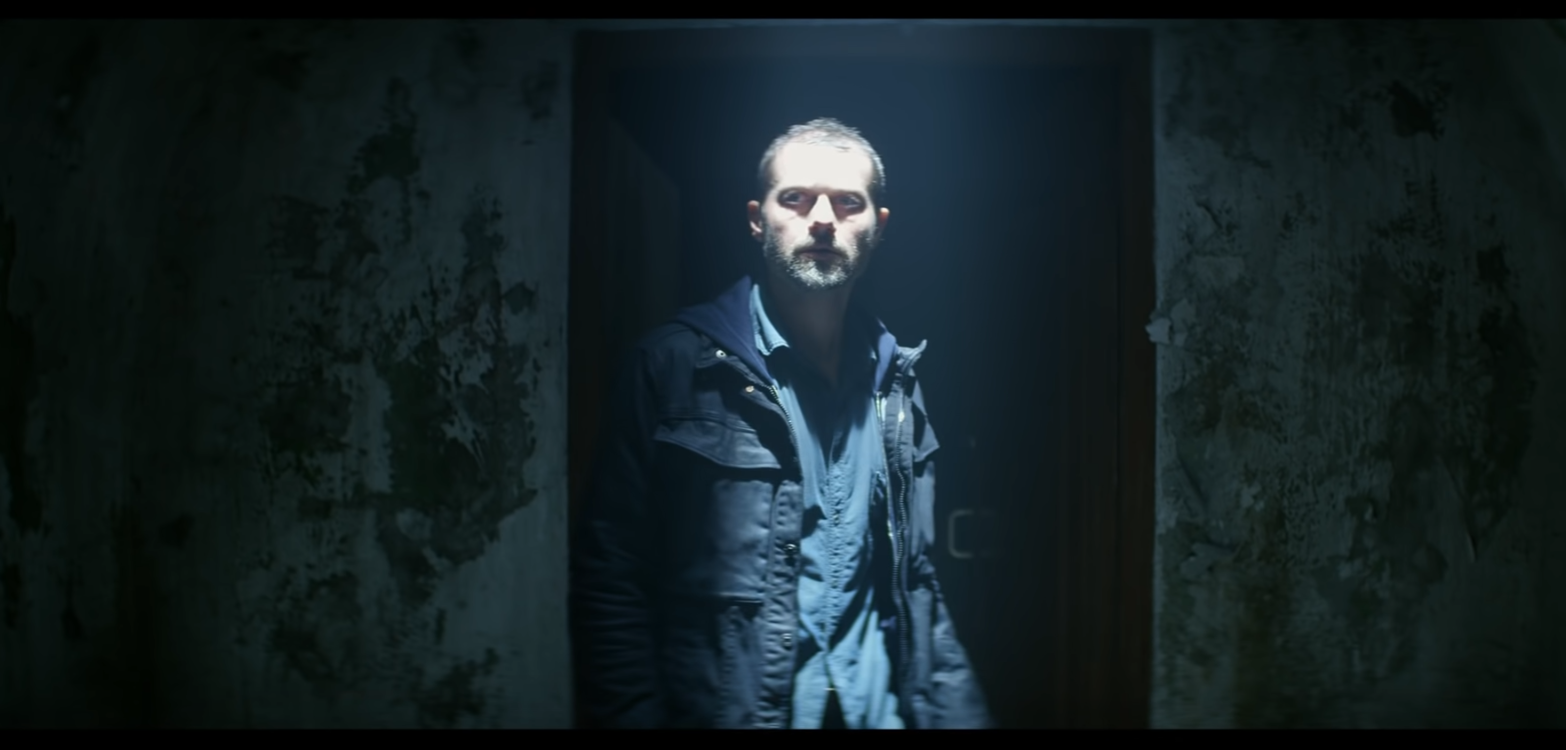
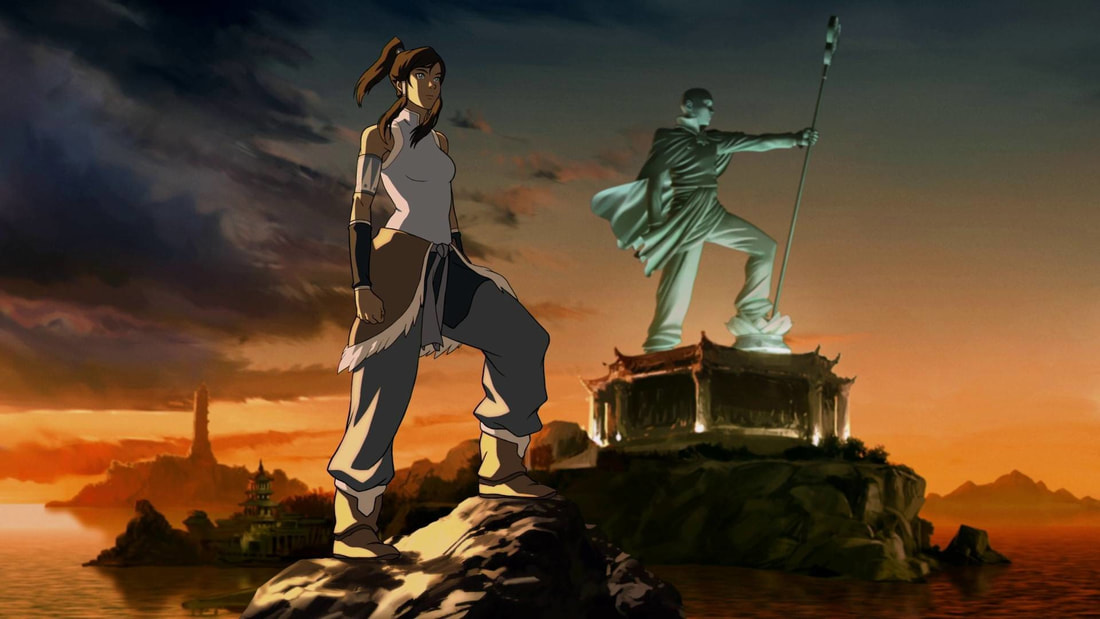
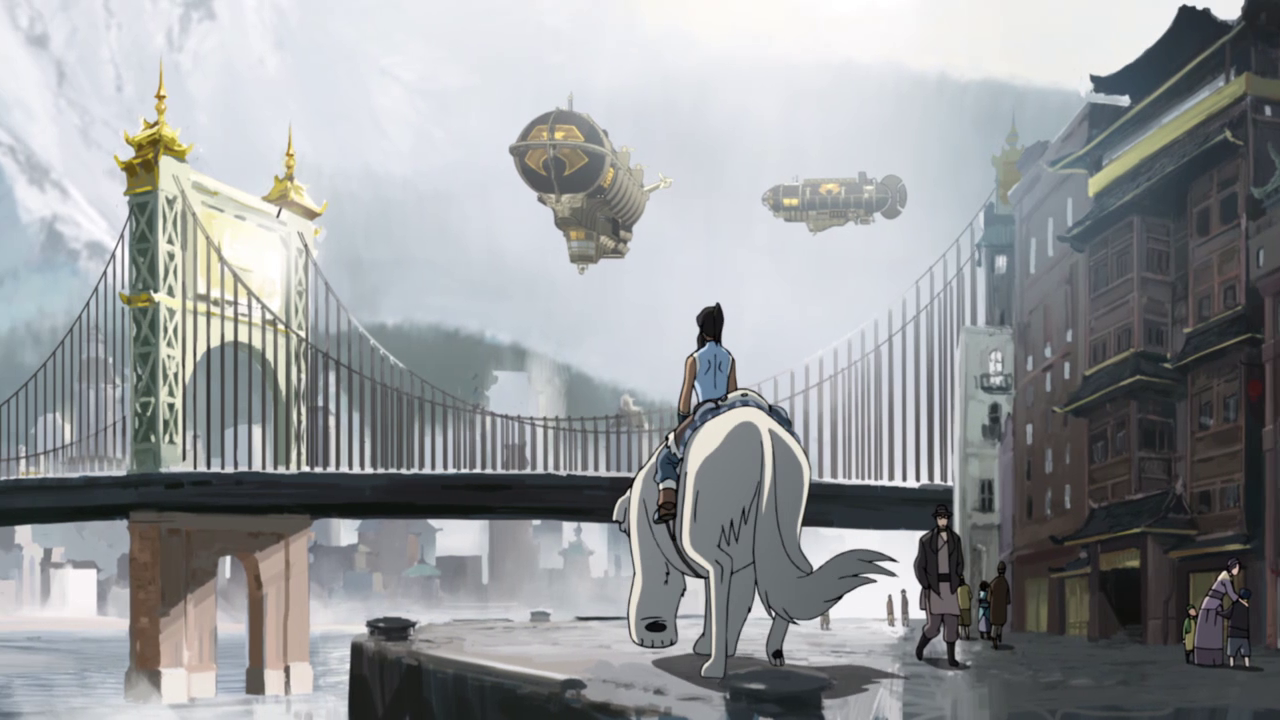
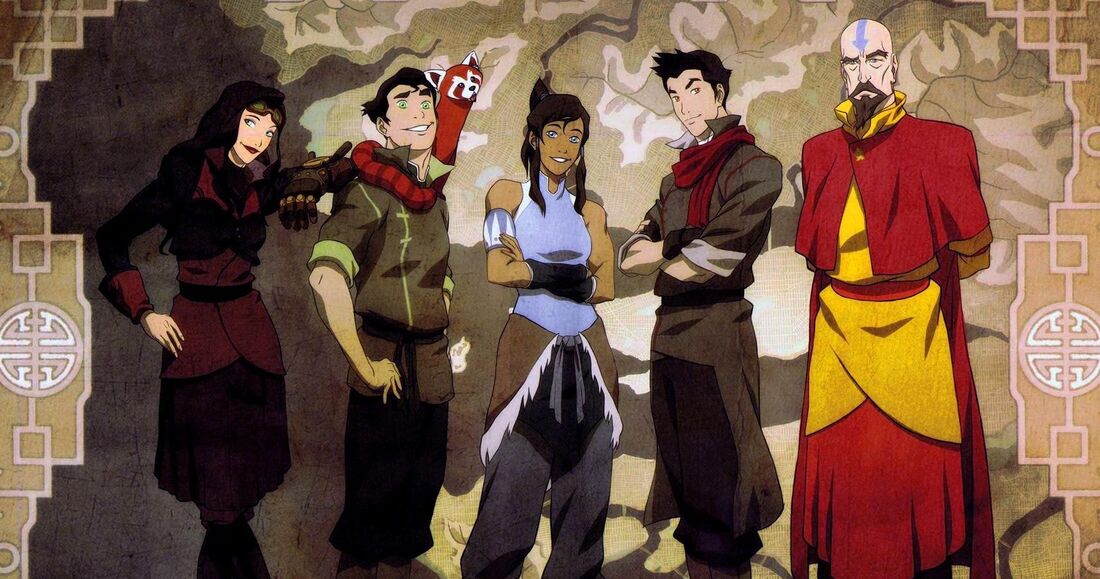

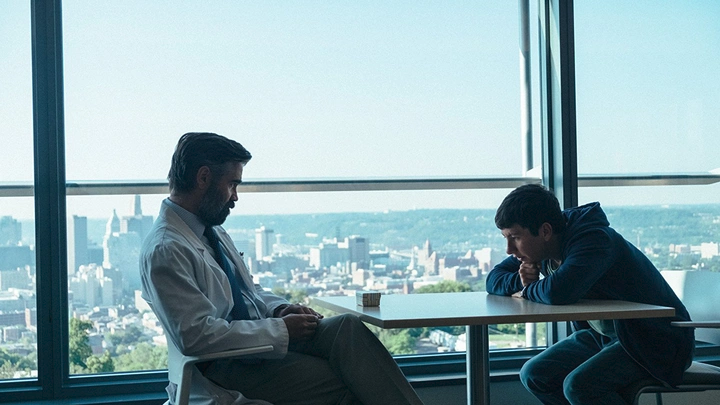
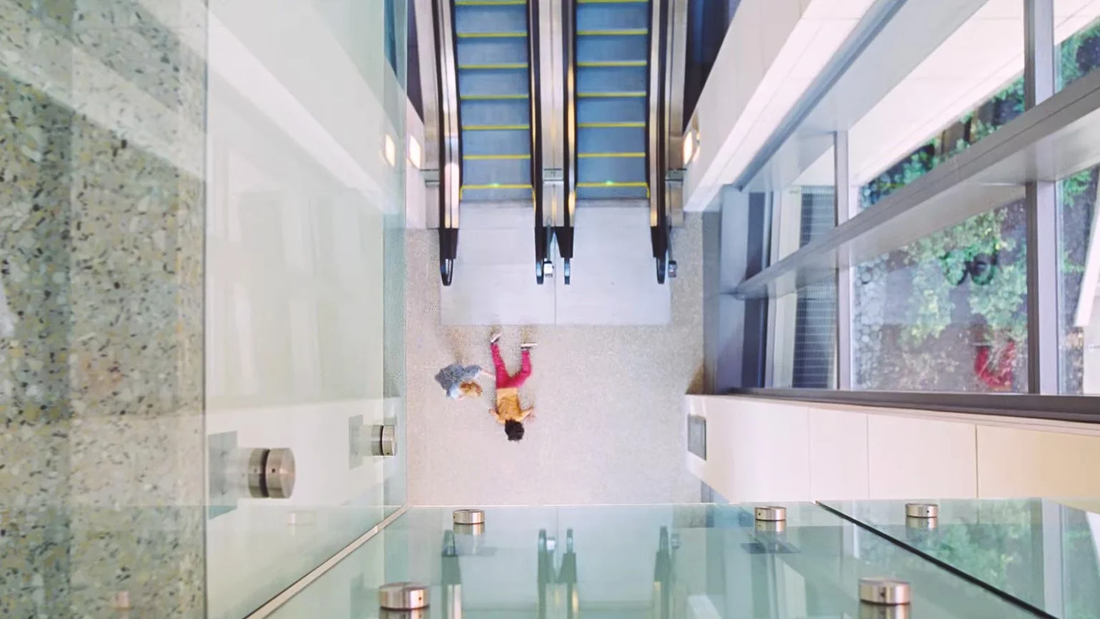
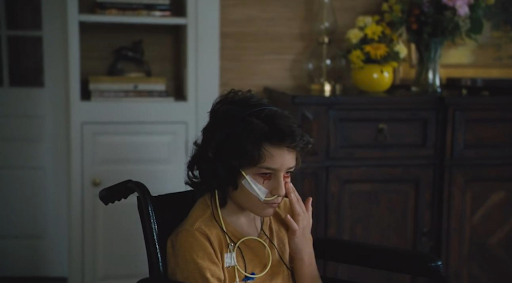
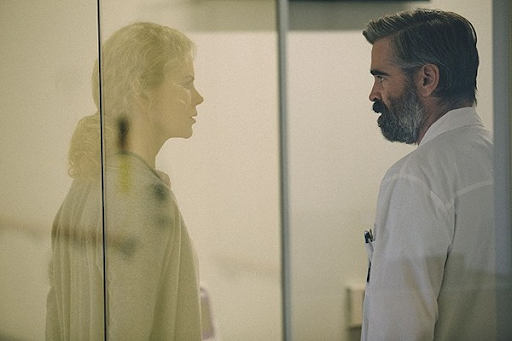

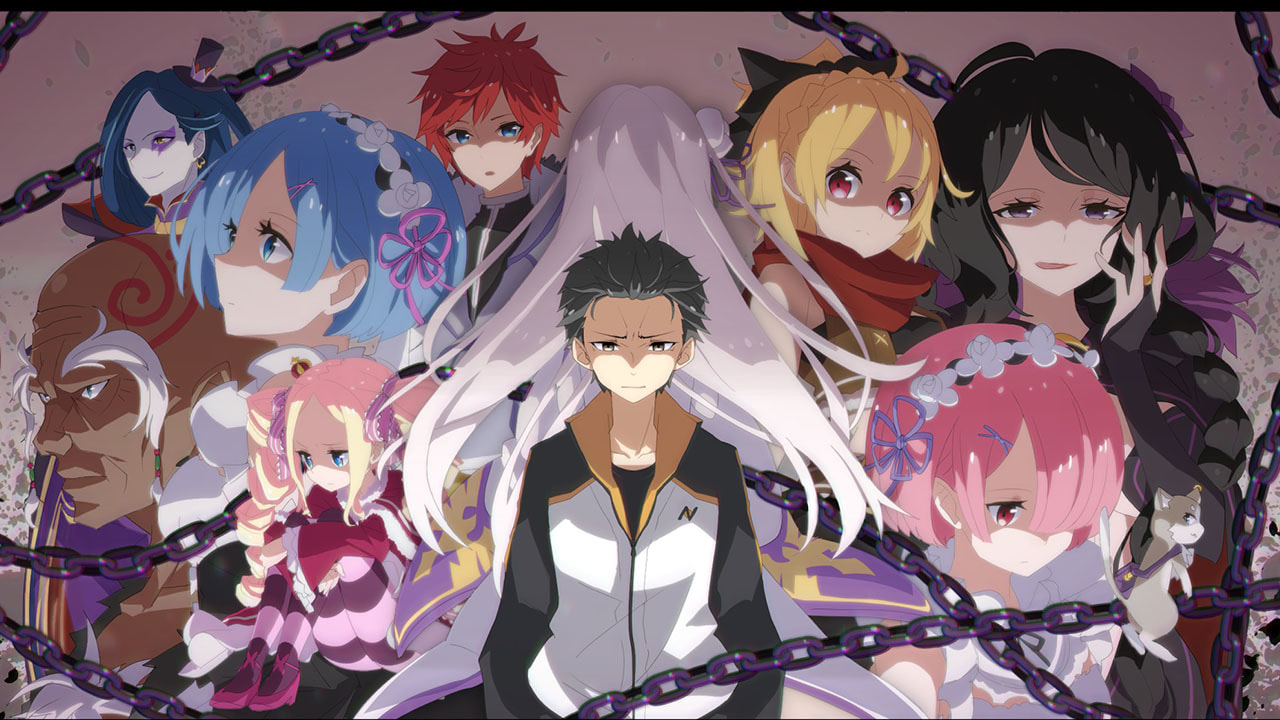


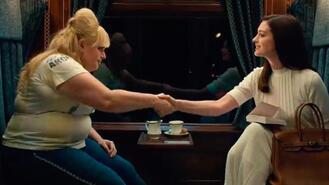
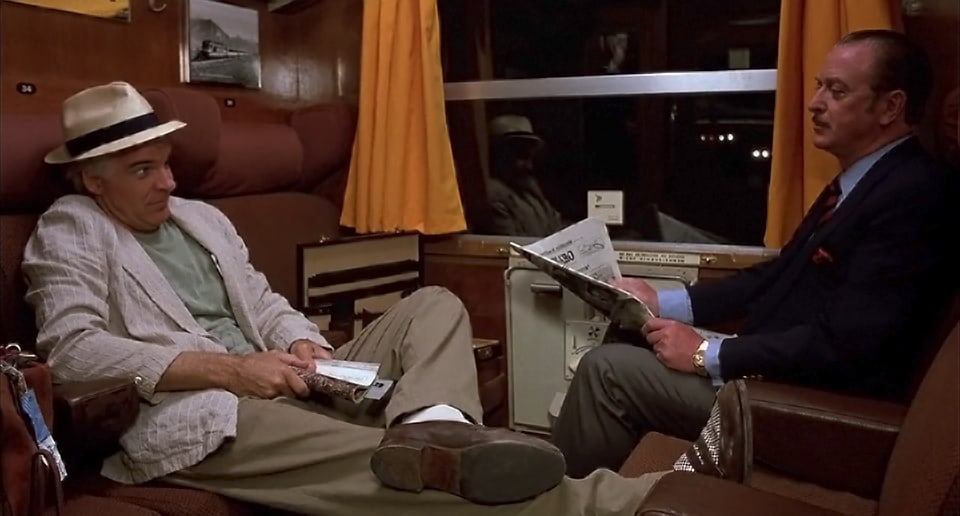
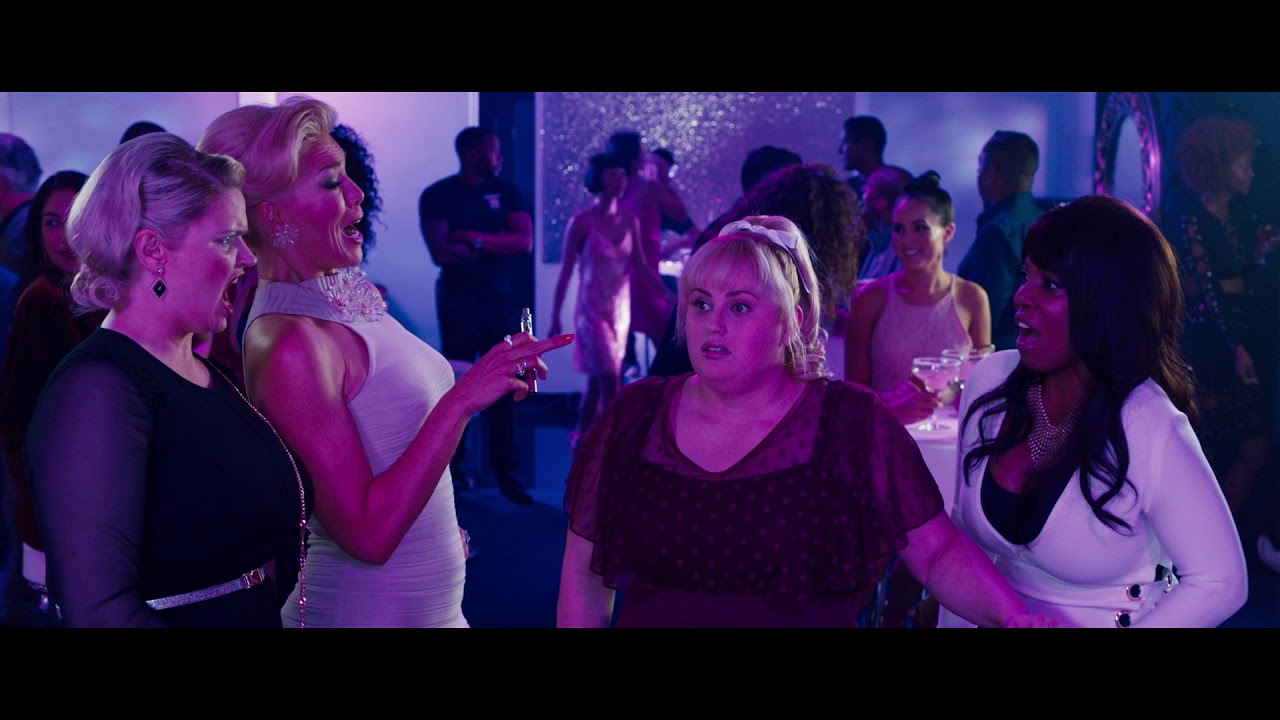
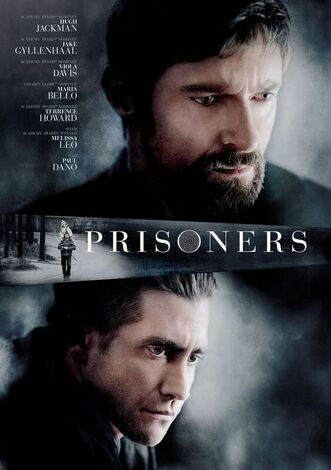

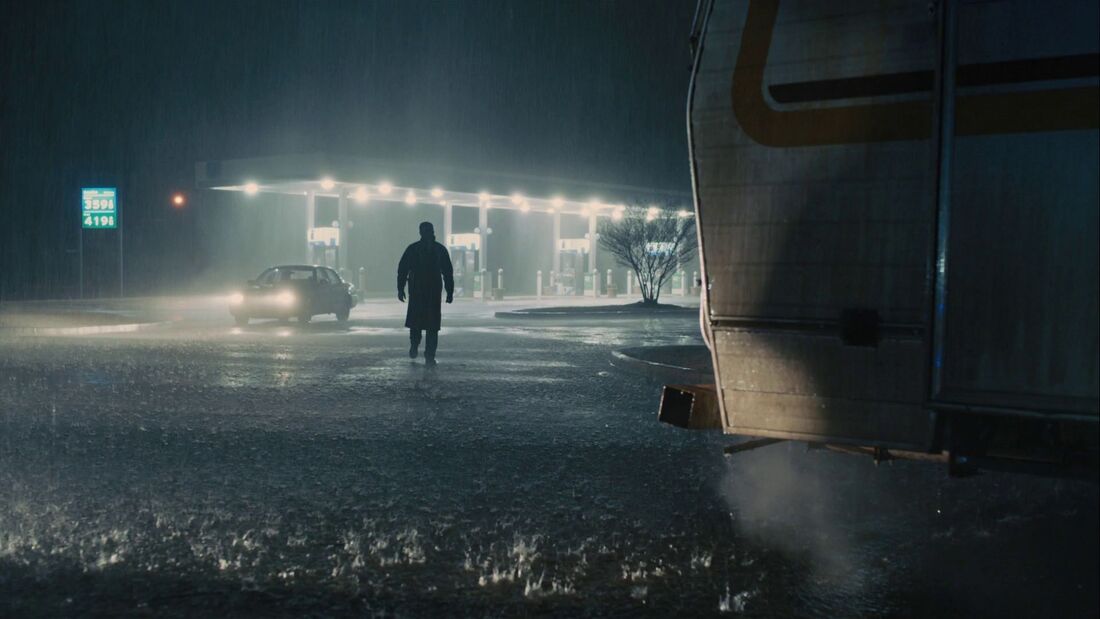
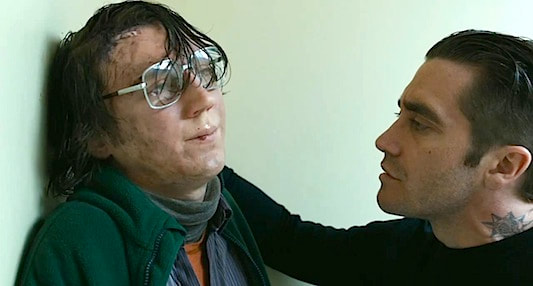
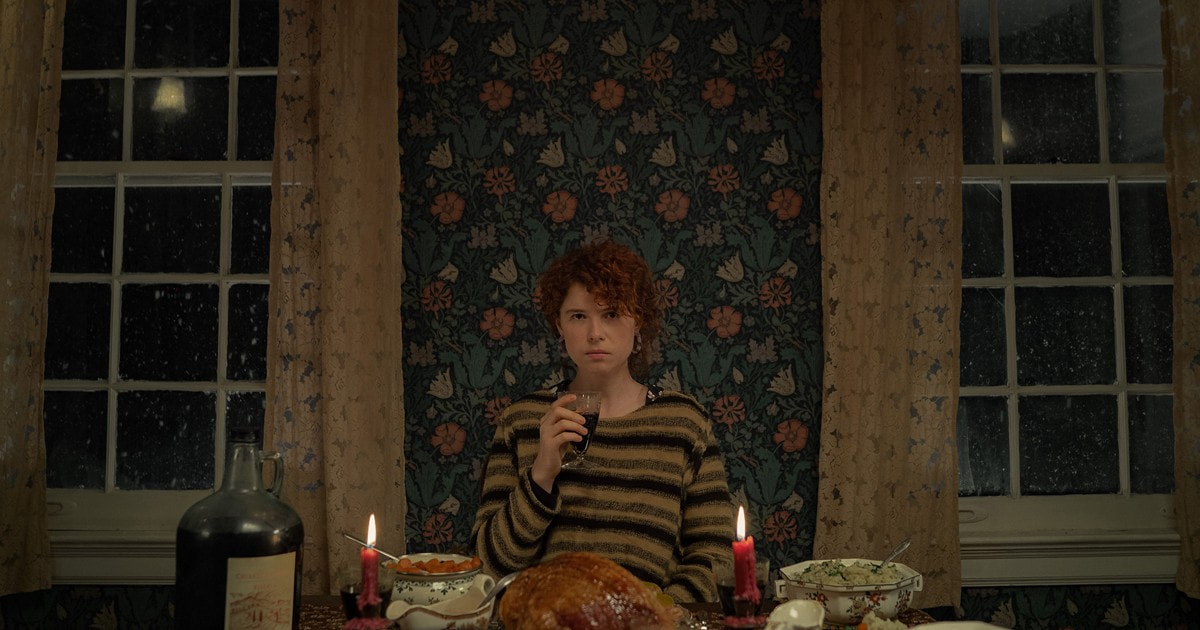


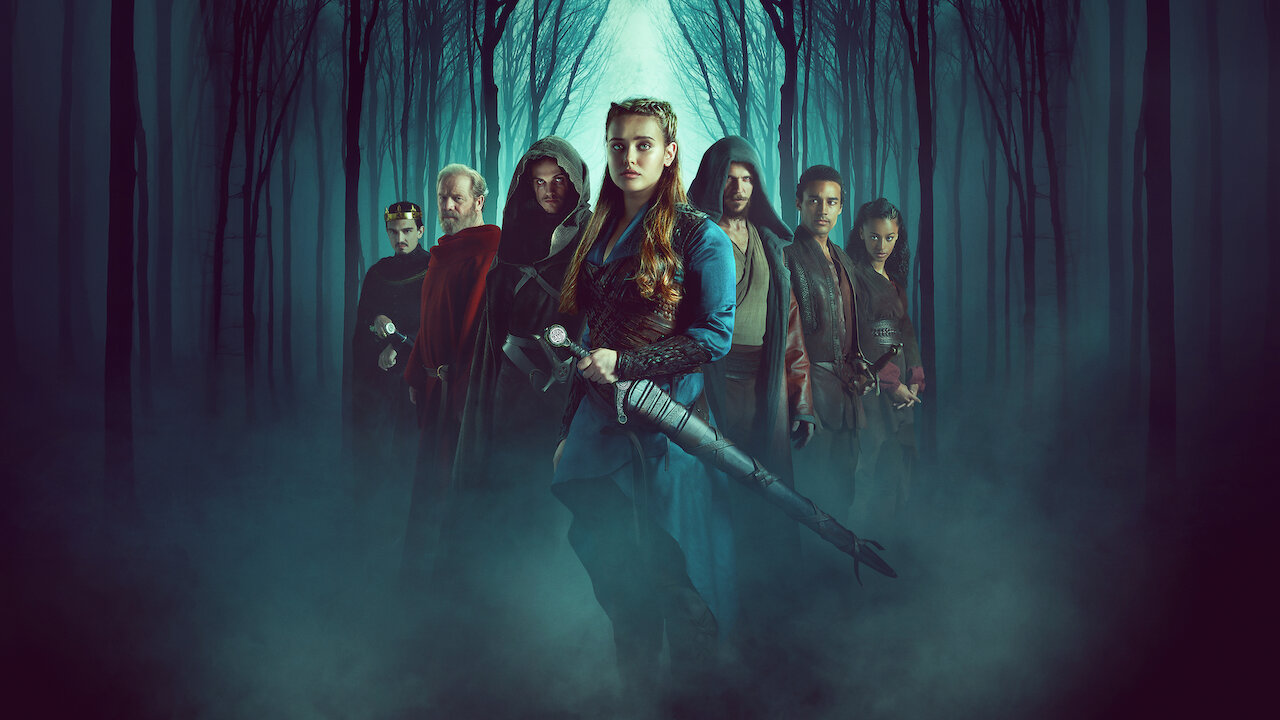

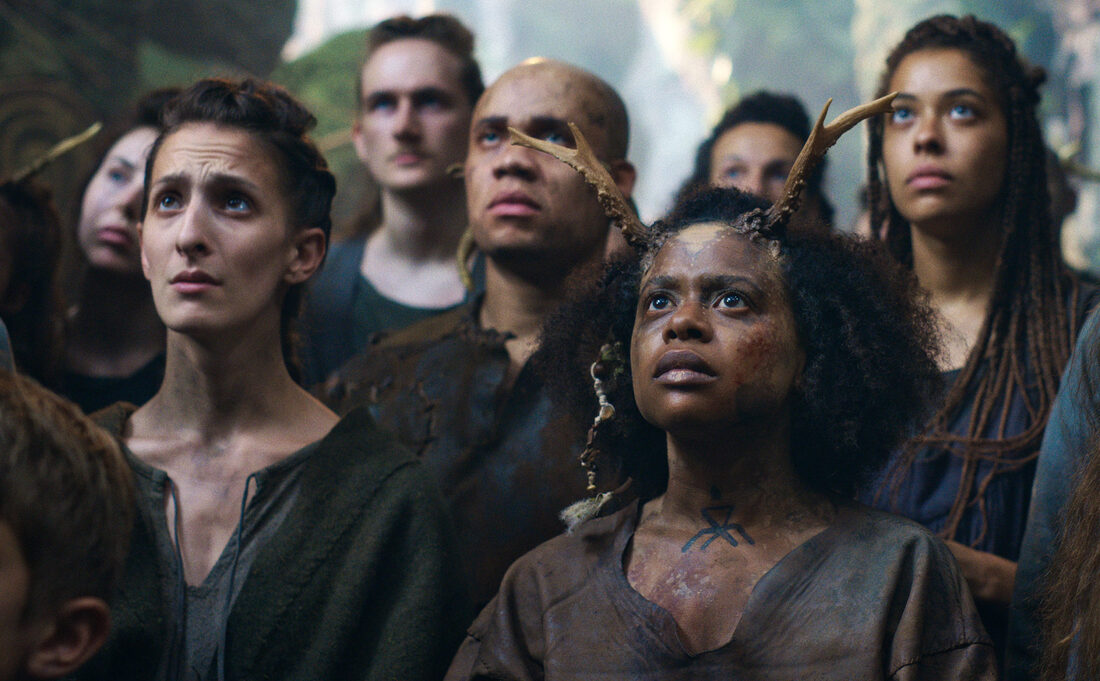
 RSS Feed
RSS Feed
